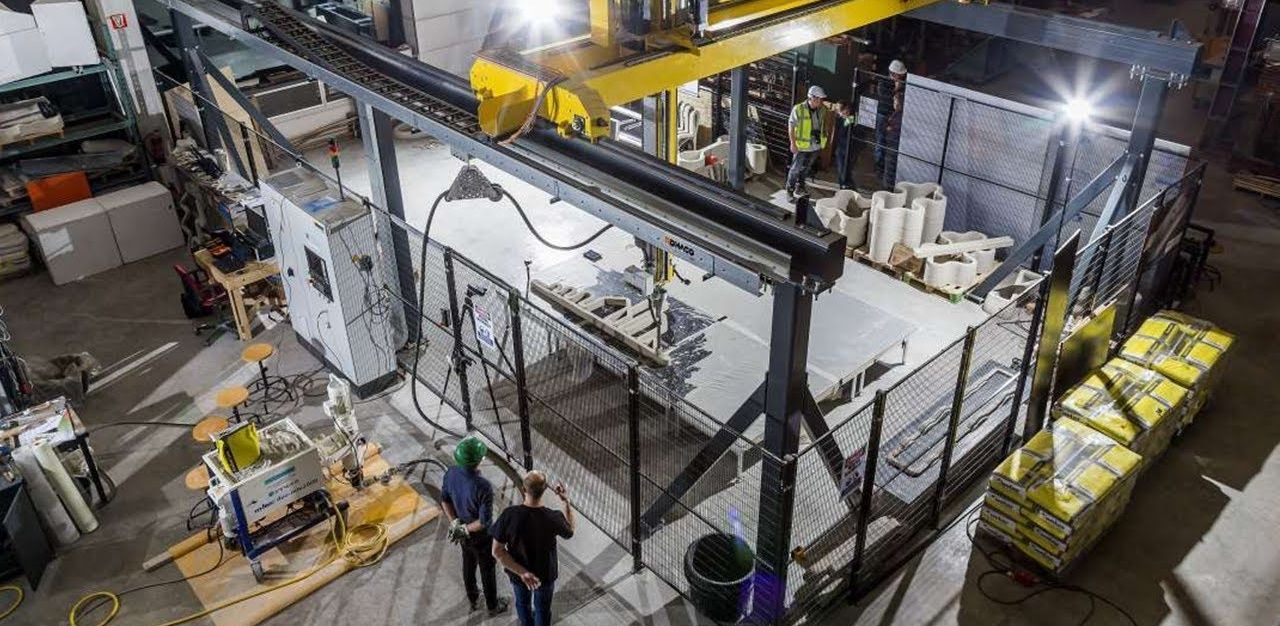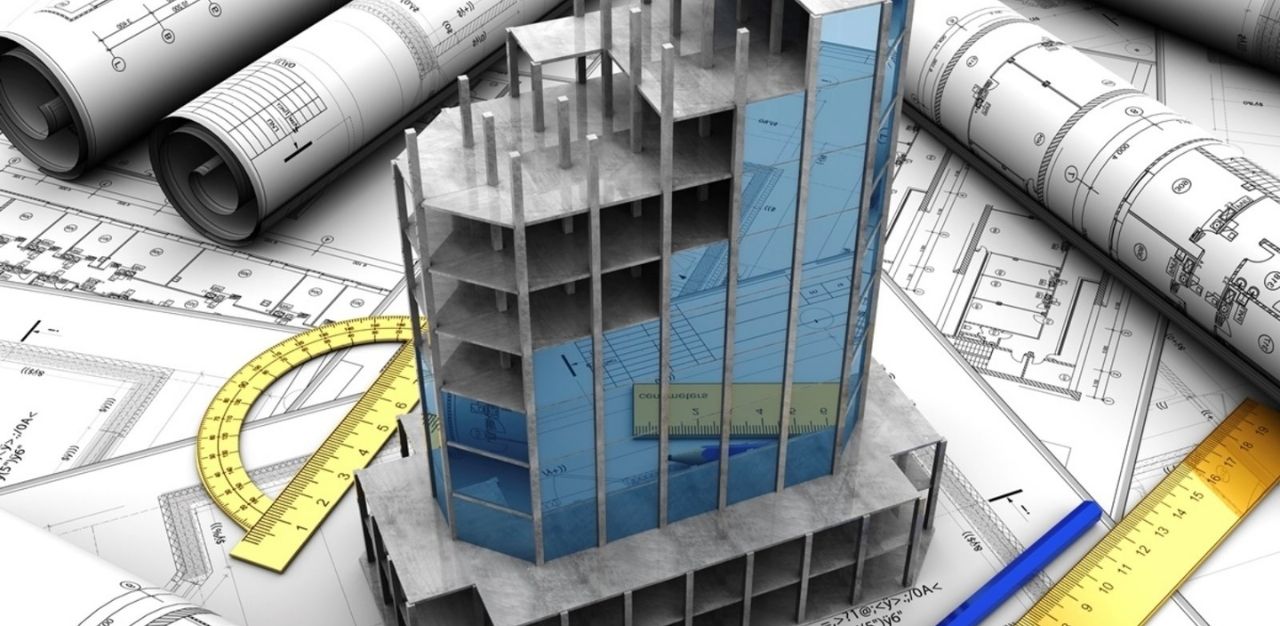Drones are changing the way buildings are designed in the construction industry in Singapore.
One of the benefits is their application of surveying. The small sizes of these drones make them easily maneuverable and in turn, they are ideal for accessible into difficult to reach spots.
The aerial photography helps architects, developers and even the clients visualise how the finished product looks like. The mapping that a drone does is much more accurate and efficient that the developers do not need to hire land surveyors, eliminating extra costs.
Drones are also changing the way buildings are constructed – by removing the need for manual labour. The speed at which drones work not only allows contractors to make ambitious bids but also complete projects on time.

Harnessing the latest technology
With the supply chain disruptions arising from Covid-19 and the war in Ukraine, there is a move to review construction processes to ensure there are no delays in completion of much-needed housing projects.
Architect Sharmini James, who is in her 30s, says architects and urban planners are actively reviewing new design techniques and materials that can shorten construction times and save costs.
She says: ‘’It used to be common for construction projects to run over schedule and over budget. But technology solutions are now available that can digitise paper-driven and labour-intensive processes, optimising the use of manpower, equipment, and materials.’’
Director of construction firm People’s Constructions Lye Kian Siong says construction projects of the future will have higher usage of prefabricated units as prefinished volumetric construction modules can streamline project timelines, minimise wasted materials, and achieve higher standards of quality and safety.
‘’With the new techniques, it is estimated that projects that would once have taken three or four years to build could be completed in probably half the time now. Greener building materials can minimise carbon footprint. IoT networks and digital tools on construction sites can optimise equipment performance, coordinate workflows, and enable collaboration.
‘’Data and analytics can also help developers and contractors manage projects more effectively and help predict and prevent disruptions,’’ he says.
Moving away from conventional methods to save time, manpower
Tiong Seng Holdings is one construction company that exemplifies this push for technological change.
It uses modular construction with advanced precast solutions, which are used for affordable and premium housing. It took just 24 days to complete installation of seven five-storey residential blocks in Yangon in Myanmar – 40 per cent less time than conventional methods would have used.
Ms James says: “Computer modelling software was available since the early 2000s, but it took the Covid-19 pandemic to boost its usage and widespread application across architectural and construction firms. Today, there is hardly a residential or industrial project since 2020 that has not been using such techniques.”

An HDB spokesman says: “The Housing and Development Board has been an early adopter of many innovative building and design methodologies currently in widespread use in Japan, Europe and North America such as 3D modelling software, the usage of drones for aerial photography and incorporation of Internet of Things (IoT) technology. The Government works closely with contractors and construction companies to encourage increased use of technology and digitalisation to improve efficiency and enable remote operation and supervision of projects with reduced manpower deployment.
“Computer modelling software was available since the early 2000s, but it took the Covid-19 pandemic to boost its usage and widespread application across architectural and construction firms. Today, there is hardly a residential or industrial project since 2020 that has not been using such techniques.”
— SHARMINI JAMES, ARCHITECT
‘’Increased usage of such innovations will also greatly help toward increasing on-site safety, especially of the workforce.’’
Mr Lye says it is important that the revamp of the construction industry be conducted with the involvement of all the parties.
He said that price-sensitive tendering mode for construction projects needs to be reviewed as the process makes it hard for the construction sector to adopt new technology and innovation unless there was a government initiative to do so.
‘’The construction industry is deeply intertwined with other industries especially the real estate industry. In the case of Singapore, the single and biggest “developer” of the construction industry is beyond doubt, the Government (LTA, PUB, HDB). Hence any sustainability, cost effectiveness and innovation of the construction industry cannot be achievable without the other parties…being involved,’’ he adds.
RELATED: How can local construction sector cope with the coming accelerated building boom
Join the conversations on TheHomeGround Asia’s Facebook and Instagram, and get the latest updates via Telegram.














